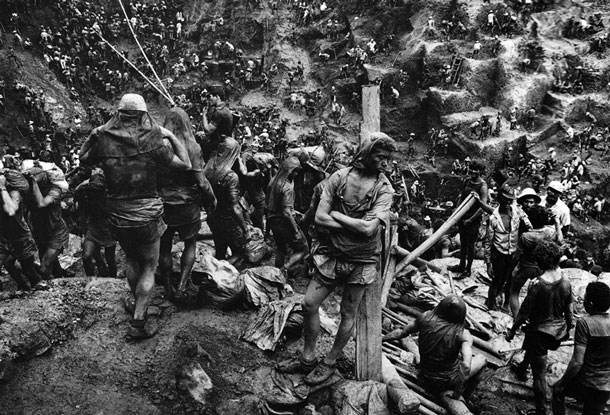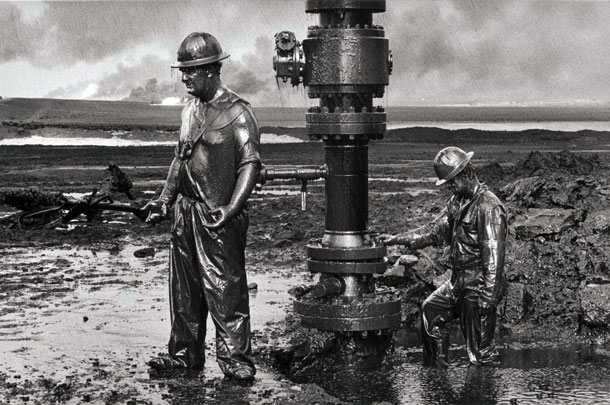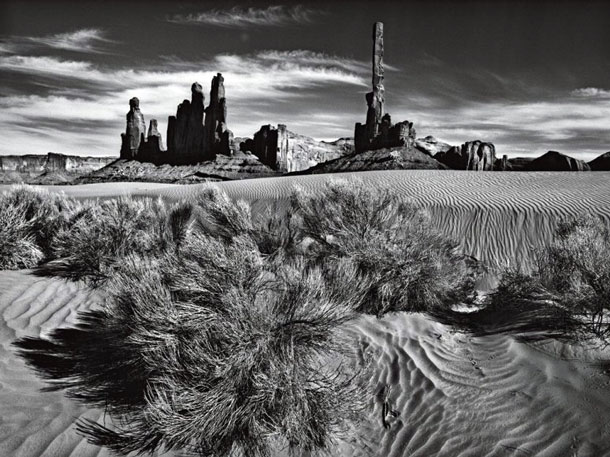It’s an easy way out to add that certain je ne sais quoi to images: bokeh. What looked flat and lost in an unattractive background suddenly looks nicer. Now here’s the challenge: Do you ever try, intentionally, to avoid bokeh altogether?
Look at the world’s most famous photographers. They’re not after nice bokeh. Especially if you’re aiming for some three-dimensionality of your images, why does it make sense to not blur the fore- and background?
Mastering the art of producing nice bokeh is not that hard. The opposite is, mastering the art of producing nice images without the help of bokeh.
First over to you:
[poll id=”2″]
Adding nice bokeh to an image rendered by a nice lens is one of the most powerful photographic effects.
As a rule of thumb: the nicer, more expensive the lens, the nicer the bokeh.
Meaning shooting without bokeh — and here’s a big plus — requires less elaborate gear.
Because the smoother, creamier the bokeh you want to achieve, the more you have to invest in nice glass. “Cream machines” come at a price.

Even the artificial blur of point-and-shoot cameras can be prettier.
Harsh words, but in the world of lenses there are no shortcuts. You get what you pay for.
To achieve this distinctive, harmonious bokeh aperture and sensor size are key.
Today nice bokeh is what many photographers are really after, thereby forgetting about what it really means to compose an image.
If an image is mostly concerned about a blurred subject/object, well doesn’t that leave out the whole rest of the image.
But then again, it’s so easy to achieve this nice, alluring blur.
High ISO capabilities, image stabilization and cheap zoom lenses turn every photographer into a bokeh artist.
In earlier film days, however, fast lenses mainly served a different purpose. Film grain. You couldn’t push that film endlessly.
You’re film needed as much light as possible. Blurring backgrounds was a nice side effect.
In this digital era grain has become a no-brainer.
Today fast lenses are mostly about shallow depth of field.
The fight for light is history.
So it’s no surprise that a many a photographer is overly concerned with bokeh. Well you paid hard currency for your prime glass. That investment has to pay off.
Bokeh’s everywhere.
It goes without saying that for certain photography there’s no way around the skillful isolation of the subject/object, just to mention portrait, fashion or product photography.
But even there the exception proves the rule.
Point I’m trying to make:
In the great photography of the present and past, try finding a truly unforgettable image that’s making full use of bokeh.
Hard to find.
On the contrary. The great photographs and photographers of our times seem to steer clear of the temptation to add that blurry background.
As if they’re trying to capture a bigger story than just the subject/object…
Some of the best photography is about the whole picture, including the foreground, background, the left side, right side and center.
Excellent photography tells and cares about the whole story.
And not just about the center by effectively cropping off a substantial part of the entire frame.
Anyone can shoot with bokeh.
But not everyone without.
Below are a few samples of Sebastião Salgado. Couldn’t find any bokeh samples shot by the master. Same goes for Henri Cartier-Bresson…





